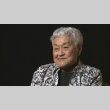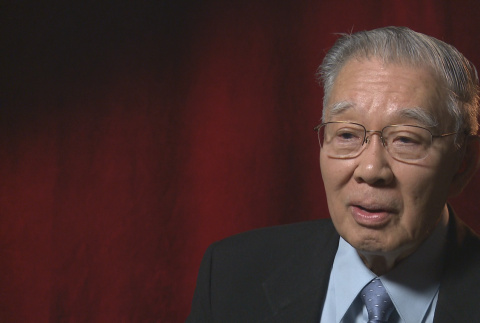Living conditions
The "assembly centers" were hastily erected quarters located throughout the West Coast at fairgrounds, racetracks and other similar facilities. Conditions at these locations were appalling. People were housed in animal stalls and barracks with communal bathrooms and mess halls. Privacy was next to nonexistent. Most families lived in a 20-by-20-foot room separated from the next "apartment" by wood partitions that did not reach the ceiling. Shortages of food and deplorable sanitation were common. Overcrowding, uncertainty, and stress created tension in the "assembly centers," even as the demoralized camp inmates tried to improve living conditions.
World War II
(231)
Temporary Assembly Centers
(231)
Living conditions
(389)























